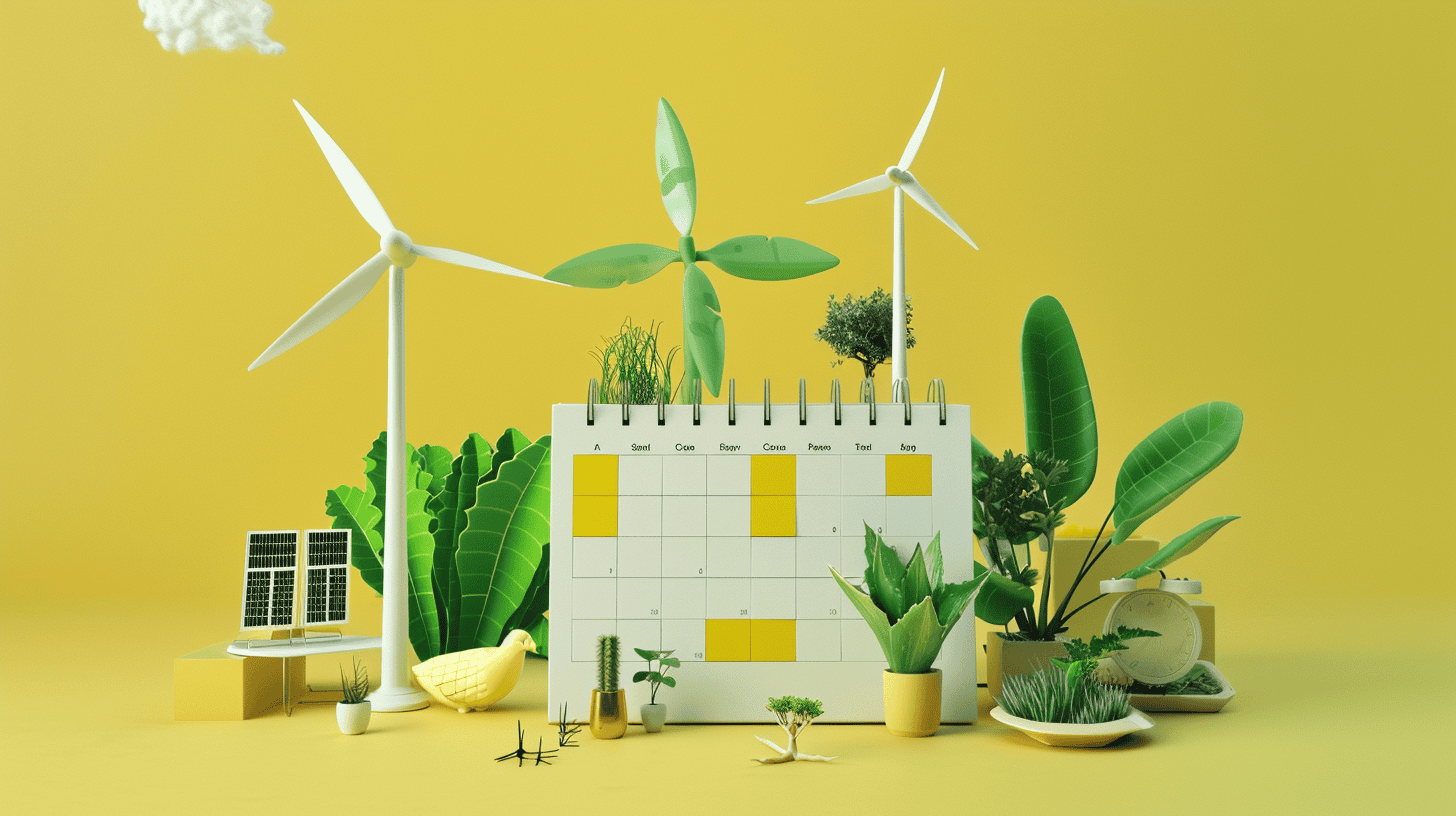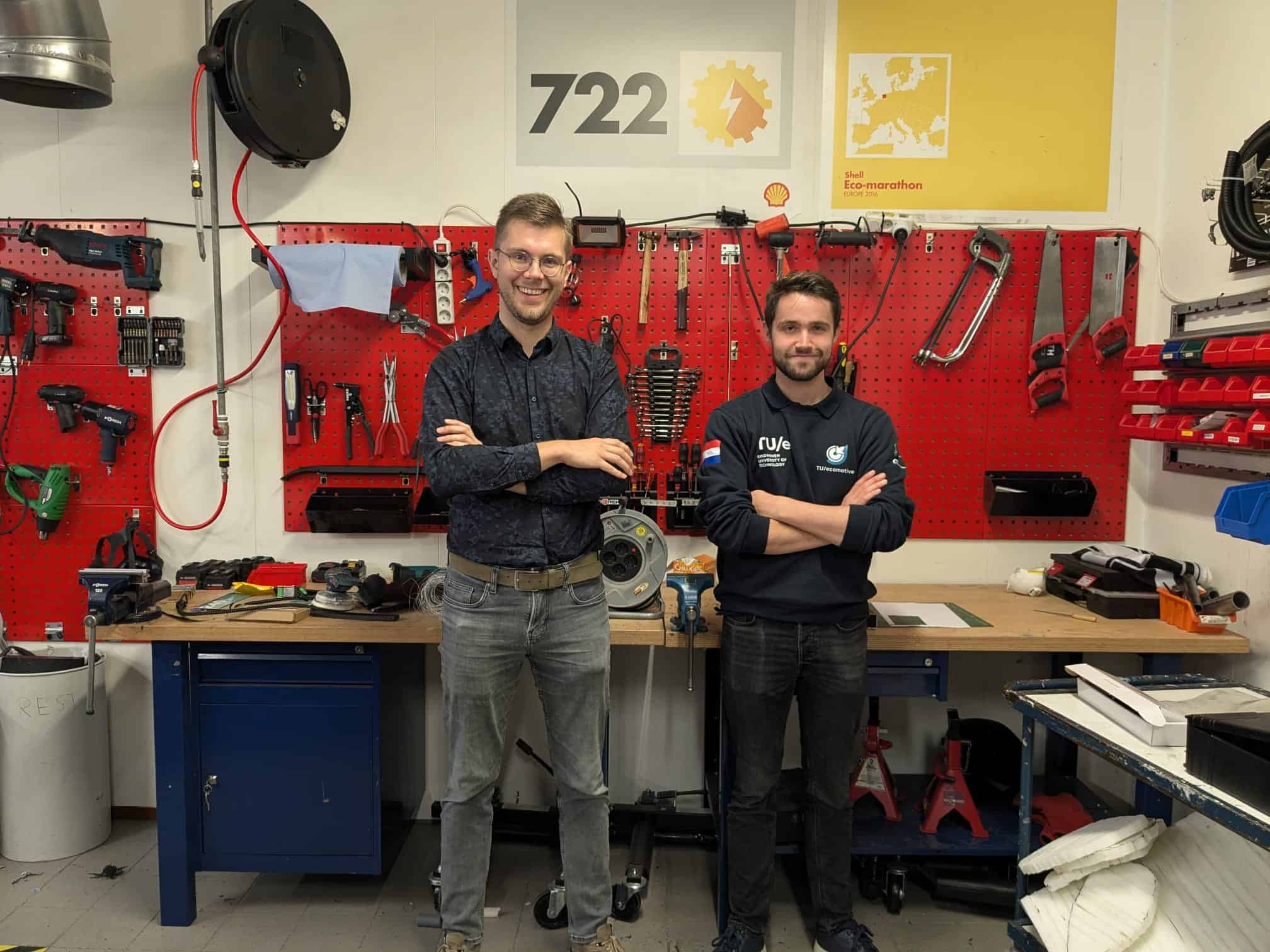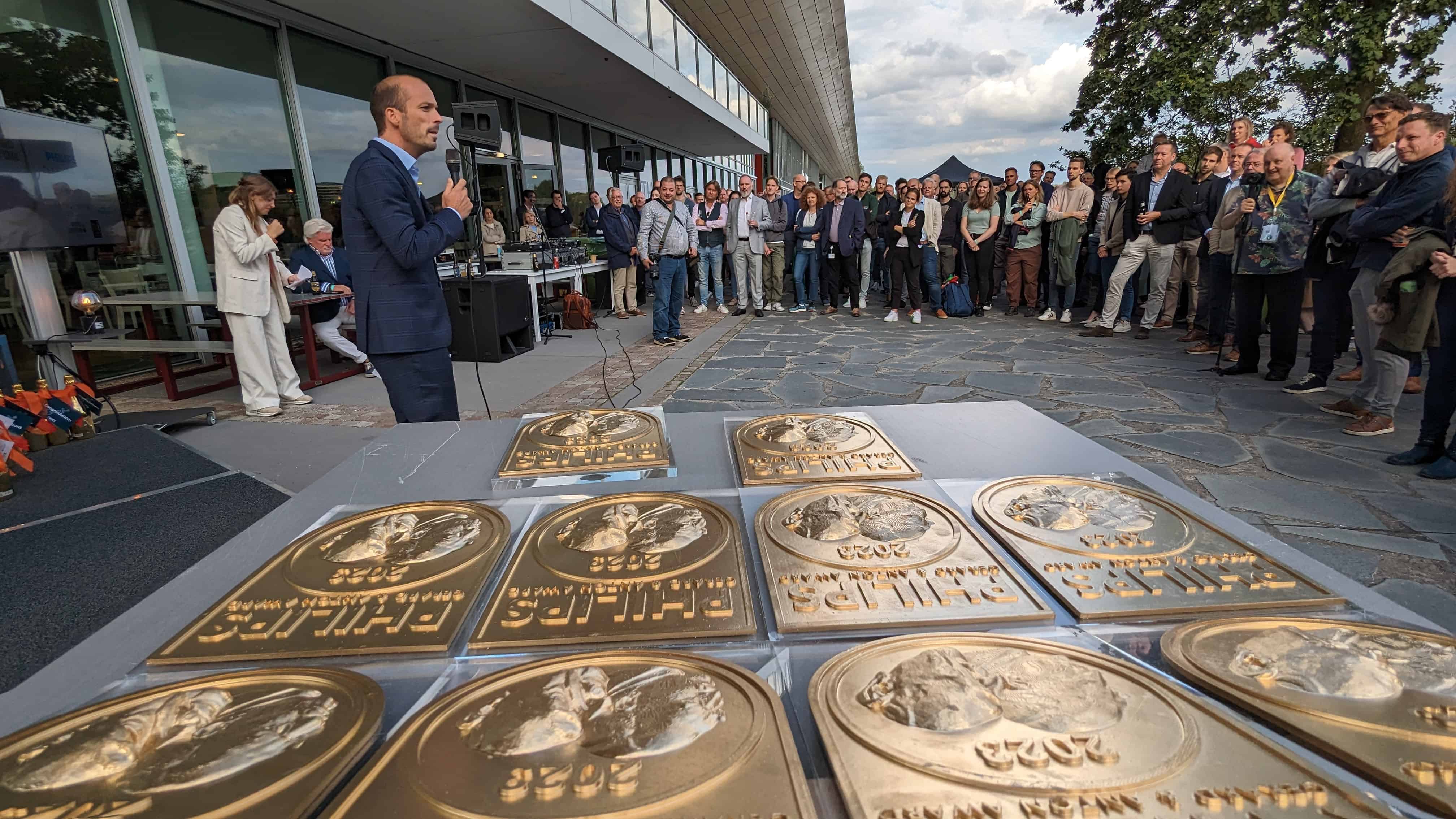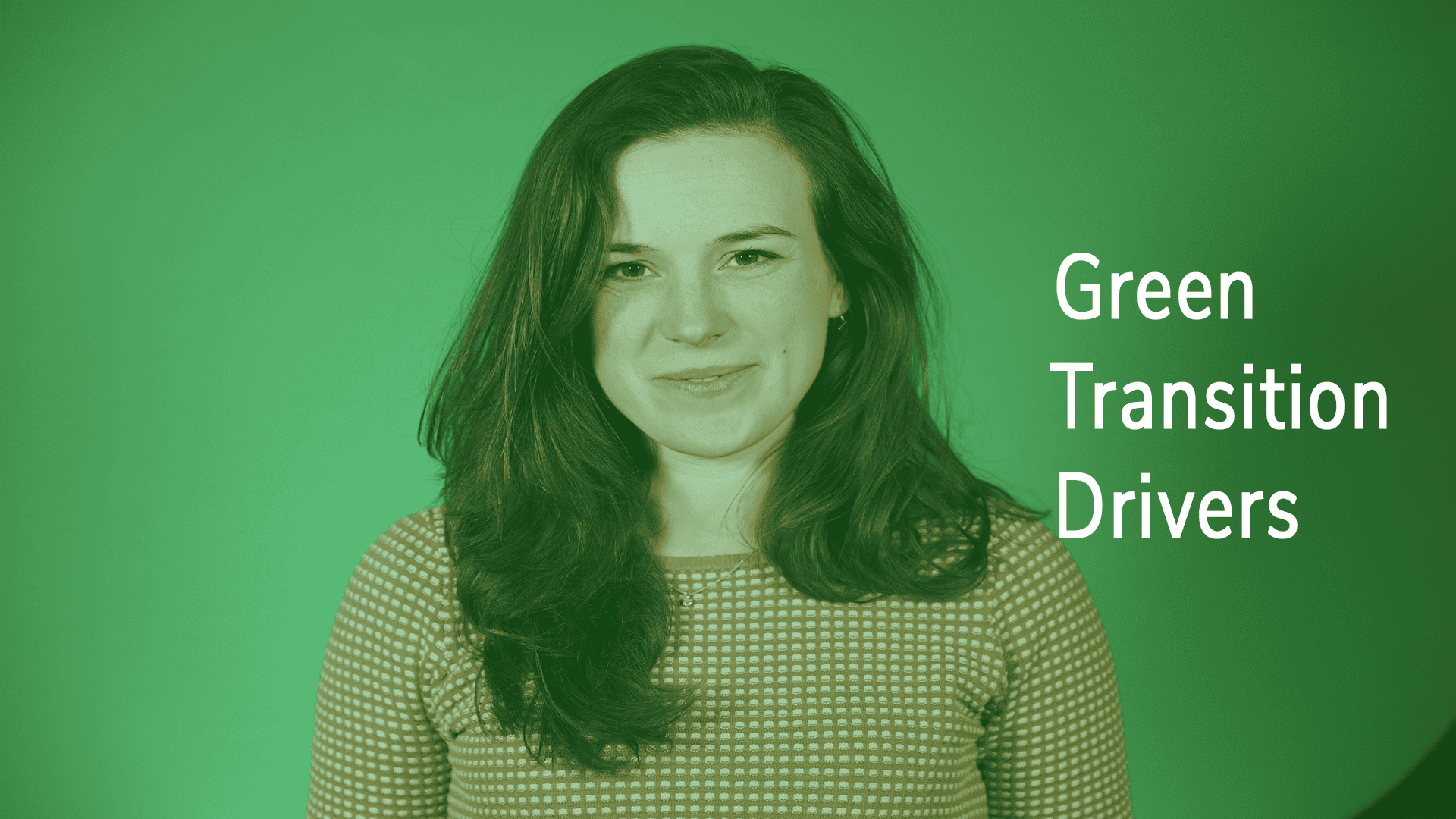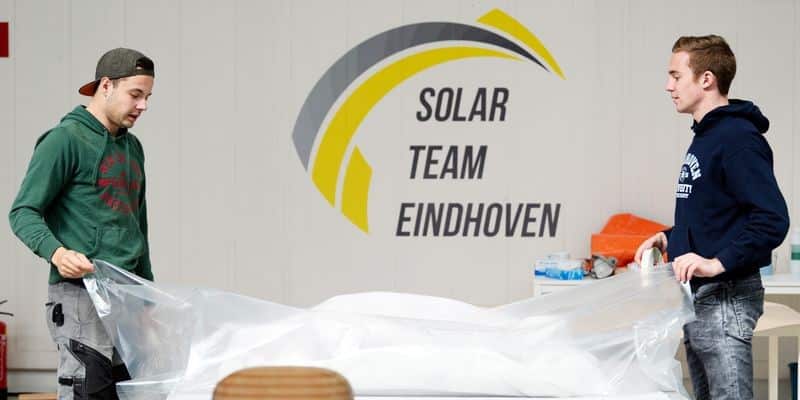
(This article was also published on Cursor.)
Thie coming weeks, Solar Team Eindhoven hopes to pull off its first few meters with the fourth and newest edition of their solar powered family car, known for now as ‘Stella X’. The TU/e student team will reveal the actual name along with the actual car on the 4th of July in the center of Eindhoven at the 18 Septemberplein.
Read more about the World Solar Challenge here
It was a special moment for Solar Team Eindhoven (STE) on Monday, June 17th. That afternoon, the car’s carbon body finally came ‘home’ after a manufacturing process of several months at Brainport Industries Campus (BIC) in Eindhoven and a trip to the auto painter. “It does feel a little bit like that,” says PR manager Marije Sesink with a smile. “But the BIC feels a bit like ‘home’ for some of our engineers as well, because they have spent so much time there, even sometimes at night.”

The car will be fitted during the next few weeks with all its parts at the team’s facility in Momentum. “Our electrical and computer science engineers who are about to begin construction, have everything they need here. Also, this building is easy to reach for committed alumni who want to offer a helping hand. The workshop at the BIC was more suited for mechanical engineering, a very large and dusty space. Not very convenient when you’re working with electrical components.”
Twelve hundred kilometers on one battery
One of the specific challenges for ‘Team 2019’ are the new rules from the World Solar Challenge, in which Eindhoven will participate for the fourth time next fall. The rules stipulate that participating cars in the Cruiser class may now recharge only twice between the start in Darwin and the finish in Adelaide. This means that these cars will have to cover a distance of about twelve hundred kilometers without stopping to recharge. Will the student team from Eindhoven manage that? “Yes, if everything goes according to plan. But for now, the car hasn’t even driven a single meter,” Sesink says with a healthy dose of realism. “We hope to conduct the first drive and break tests in the coming week.”
“Of course, we have adapted our design and strategy to those rules. And to a large extent our car was built with that in mind; a close interplay between mass, space and weight,” Sesink continues. But there is also an interplay between those regulations imposed from above and the vision of the team – a team that doesn’t just want to build an energy-positive car, but that also wants to make optimal use of the surplus energy generated by the car. Especially this year. A power bank on wheels, that’s how the team describes its new car.

How that power bank works exactly -“will be revealed on July the 4th,” Sesink says with a mysterious look. The other new features which ‘Stella X’ should surprise the audience with, will be kept strictly under wraps during the next few weeks. An exception is made for the partners who support the team and who are regularly kept up to date about the plans, all the specs, and the process.
Fluid planning
Sesink says that Solar Team Eindhoven has not run into any serious problems during that process so far. “You have to deal with minor setbacks, obviously, things don’t always turn out exactly as initially planned, and sometimes you have to reach compromises together.” With a smile: “The planning becomes more fluid during the process, but we always resolve our problems, if only because we have to.”
And if only because the date of the car’s unveiling, July 4, is approaching rapidly. “We’re on such a rollercoaster now. Everyone is living for it and working really hard.” In the coming weeks, the team will operate in two shifts, and will work diligently literally day and night to finish the car and to get it ready to drive.
In the meantime, STE hopes to get the Eindhoven public enthusiastic in the next few weeks about its car reveal. At various places in the city a mysterious black box will appear, “which has to do with our concept of energy sharing”, says Sesink. The box will also play a role during the unveiling itself.
Before the team travels to Australia a month later, there is an RDW inspection on the agenda. “We hear from alumni, among others, that this inspection is becoming increasingly stricter. We also have some new features in our car, so that’s going to be exciting.” Not that it would be a disaster if ‘Stella X’ inadvertently does not receive an official license plate registration, “but of course that’s what we’re going for – we just want to show that this kind of solar car really can be used on the road”.
Financing not yet in place
Also exciting is the financing for the final trip to Australia, which is not yet fully arranged. Sesink does not want to mention figures, “but we are still looking for partners.” She says that coming up with a budget is always a challenge anyway. “The car is a bit more expensive because of its many new features, we have a larger team, so we travel with more people. But we expect that everything and everyone will get to Australia this fall.”
The first team members fly mid-August, followed a week later by the rest of the team. The car will also travel by plane. The battery pack, among other things, will already have had a journey of about two months by then; the battery will be shipped this year, since the flight caused a considerable delay two years ago. “There are only two airlines left which will carry lithium batteries and in any case, the rules are very strict . We run less risk with sea freight,” explains Sesink.
This year the team will also divide up all the parts belonging to the car into several small boxes, instead of transporting almost everything in one large box. Two years ago, despite all the advance communication, it turned out to that it just simply didn’t fit on the plane. “Hopefully that’ll give a little more certainty.”
Forty-foot racing container
An item that will also travel by sea, is a large shipping container which is currently being converted and equipped by the team itself. This is a forty-foot container which will be placed on a truck in Australia, in which the car can be transported and where a workplace is set up. Previous teams used a so-called box truck, a lightweight truck. However, soon the team will have its own racing container. “It will last for years to come,” says a visibly proud Sesink.

The 26-strong student team will first make the now traditional ‘trip up’ from Adelaide, where they will run the World Solar Challenge route in the opposite direction. That’s when various protocols and procedures can be practiced at least once. The actual solar race will subsequently start on October the 13th.
This year for the first time, Groningen will be competing in Darwin. Not in the Cruiser class, but in the faster Challenger class where Delft and Twente have also been competing for years. In the first category, 20 teams will participate this year and 29 in the Challenger class.
Sesink loves the fact that the Groningen people are getting involved. “Solar cars are going to be a big part of our future, I think it’s very good that more teams are going to work on developing them. But personally, I had hoped that they would participate in the Cruiser class; that would have been nice, some mutual Dutch competition.”



